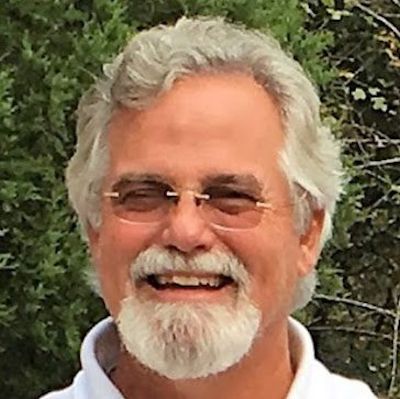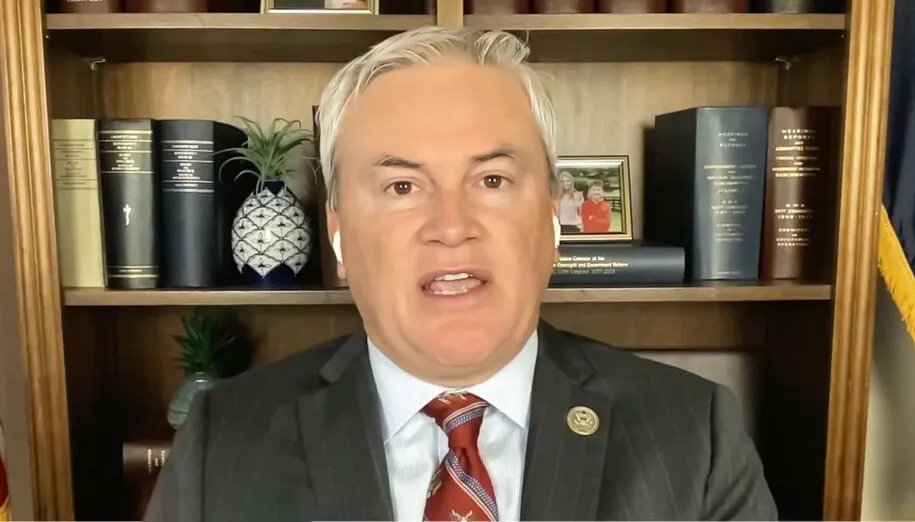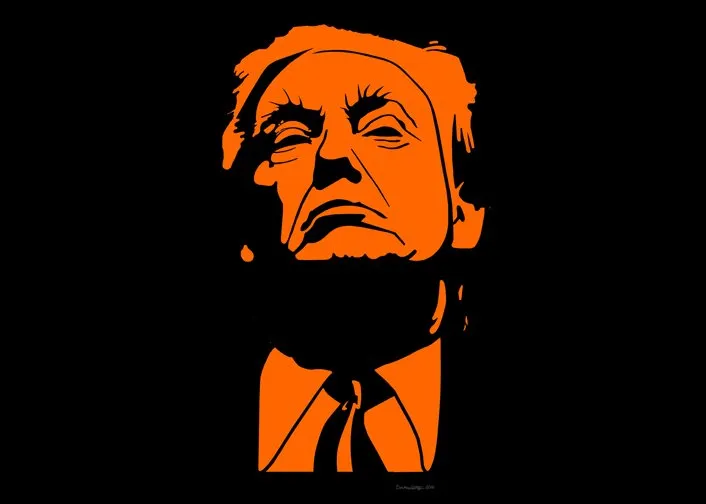Once again Kentucky has missed an opportunity to enter the 21st century by legalizing marijuana, either medically or recreationally. Thirty-six states have legalized medical marijuana, and now 17 states have adult use – meaning most Americans now have access to marijuana and their states are reaping the financial benefit of infrastructure renovation and increased school budgets from new tax revenue.
During American colonization, cultivation of hemp (a strain of the cannabis plant) was encouraged by the government. For nearly 250 years, from the early 1600s to the late 1800s, cannabis was an economic staple (even considered legal tender in some states) until after the Civil War when cannabis usage shifted to the medicinal scene.
The roots of cannabis’ criminalization, fear culture, scientific distortion, and historical stigmas will be found in the actions of xenophobic, racist American politicians, used to instigate anti-Mexican sentiment amongst white Americans.
The prize for creating racial paranoia around marijuana goes to Harry Anslinger, the first commissioner of the Federal Bureau of Narcotics (today’s Drug Enforcement Administration), who demonized the plant and institutionalized its connection to race.
By using blatant lies, spreading fake news, and promoting completely fabricated science, Anslinger promoted false news articles, public service announcements, and even feature films like “Reefer Madness” (1936) , “Marihuana: The Devil’s Weed” (1936), and “Marihuana: Assassin of Youth” (1937) that were propaganda tools to demonize marijuana.
Some examples of Anslinger’s outrageous rhetoric:
- “Marijuana is the most violence-causing drug in the history of mankind. Most marijuana smokers are Negroes, Hispanics, Filipinos, and entertainers. Their satanic music, jazz and swing, result from marijuana usage.”
- “Marijuana is an addictive drug which produces in its users insanity, criminality, and death.”
In 1937, the Marihuana Tax Act was passed, and enforcement of the drug was placed in the hands of Anslinger’s Federal Bureau of Narcotics. As a result of the act, individual sale and distribution were made illegal.
Later, the Boggs Act of 1952 and Narcotics Control Act in 1956 established mandatory sentences and increased first-offense sentencing to 2-10 years and fines of up to $20,000.
Then in 1971, Nixon’s “War on Drugs” began, endorsed by both Republicans and Democrats, and sustained by every federal administration since.
John Ehrlichman, advisor to Republican President Richard Nixon, admitted this “War on Drugs” was established as a war on race: “The Nixon campaign in 1968, and then the Nixon White House, had two enemies: the antiwar left and blacks. … By getting the public to associate ‘hippies’ with marijuana and blacks with heroin, and then criminalizing both, we could arrest their leaders, raid their homes, break up their meetings, and vilify them night after night on the evening news.
“Did we know we were lying about the drugs? Of course we did.”
Additionally, Nixon’s Controlled Substances Act in 1970 created five “schedules” to classify drugs based on standards for medical use and potential for abuse. Schedule 1 drugs were designated the most dangerous with very high risks of addiction. Marijuana was placed alongside heroin, LSD, and ecstasy, when it is in no way as dangerous as any of those substances.
Two years later in 1972, Nixon’s own Shafer Commission issued a report declaring that there was scientific, philosophical, sociological, and legal evidence that the “evils” of marijuana were untrue and recommended personal use be decriminalized.
Nixon rejected the recommendations, and, since then, the government has successfully stopped the scientific community from even engaging in research.
No other Schedule 1 drug has had to overcome the barriers that marijuana has. These lies have promoted institutional racism even in the classification of marijuana.
Finally, no person has ever died from a cannabis overdose — ever. According to one study, it would take the ingestion of 15,000 pounds in 15 minutes to be fatal!
Compare this to the 50,000 people who die annually from alcohol poisoning or the 400,000 from smoking tobacco.
Scientific and medical research confirms Marijuana’s benefit for treating conditions like Alzheimer’s, Crohn’s disease, epilepsy, glaucoma, multiple sclerosis, chronic pain, and cancer.
Yes, marijuana is not a cure-all elixir and can cause health problems if abused, like anything else. Even so, there is absolutely NO reason for Kentucky to prohibit the legalization of medical marijuana, at the very least.
We have an epidemic of opioid, methamphetamine, and alcohol addictions, and one of the highest cancer rates in the US. All of the suffering and pain of these conditions could be mitigated by lawful, responsible use of medically prescribed marijuana.
–30–
Comments








